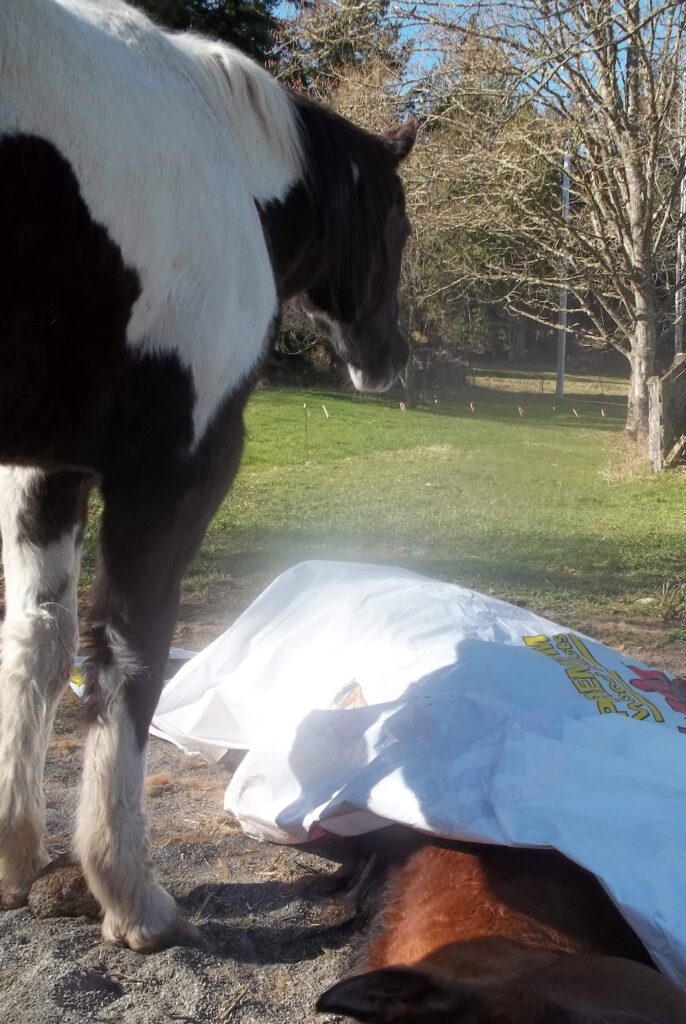Awareness of hospice for horses is growing as we challenge traditional beliefs
I never set out to be a spokesperson for hospice care to a natural death for horses. I always knew that euthanasia didn’t resonate with me, but I had no intention of speaking about alternatives publicly. But listening to the senior horses in my care, and four horse deaths later brought the topic to front and center. Only for the love of the horse and what I learned from them about dying am I willing to stick my neck out.
How My Journey Into Horse Hospice Began
Twenty years ago I got back into horses as an adult through volunteering with a non-profit. I fell in love again with the horses, but I decided that I would never have my own horse. I didn’t believe in euthanasia, and I also knew that horses were big animals. Dramatic things could happen, and euthanasia could come on the table. I took care of that pesky problem by deciding to never have my own horse. Then I could avoid the entire topic. I would enjoy volunteering and being around horses, but never have full responsibility, never have to deal with the end of life.
That all changed one day when the non-profit for whom I volunteered talked about euthanizing a senior horse I knew because he seemed so unhappy. Over the years he had become a 24/7 chronic cribber and tried to bite anyone who interrupted his cribbing. They didn’t know what to do with him. When I talked to sympatico friends of mine, even they said, “Mary, there’s no guarantee that you can turn around his unhappiness. Go ahead and try, and if you can’t, then the humane thing to do is euthanize him.”
In my gut was a different story. My story was that he was not born cribbing. He was not born unhappy. He was simply responding to his environment that was not meeting his needs.
If I could change his environment so that it better met his needs as a horse, then his demeanor would change.
– Mary Walby
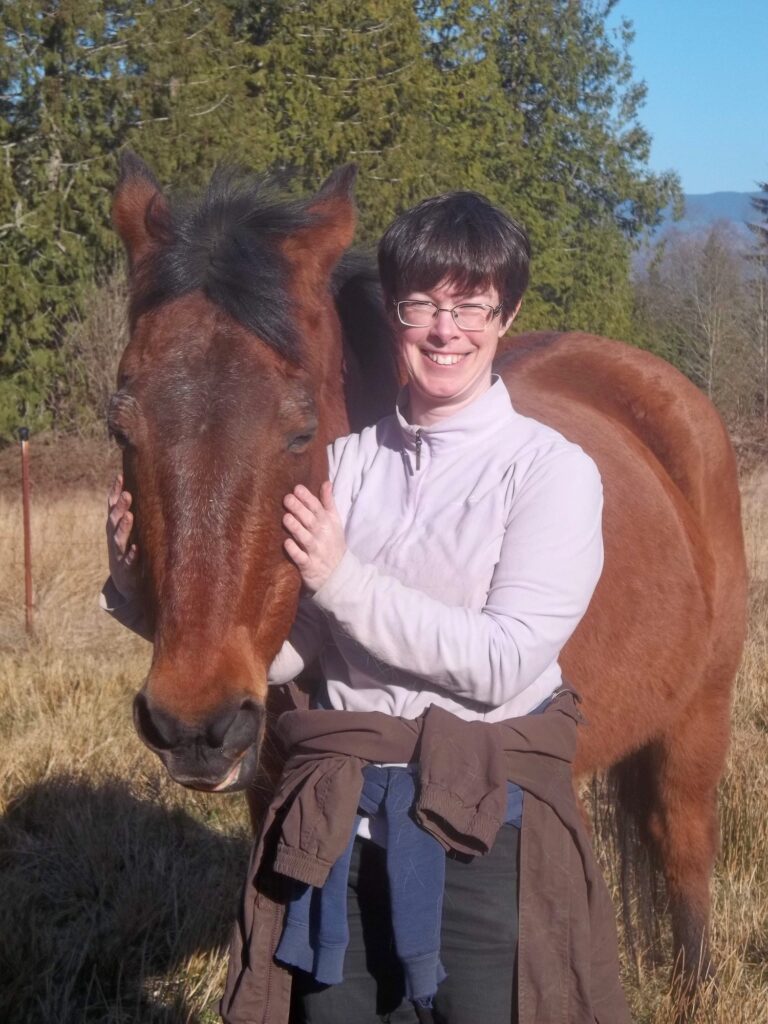
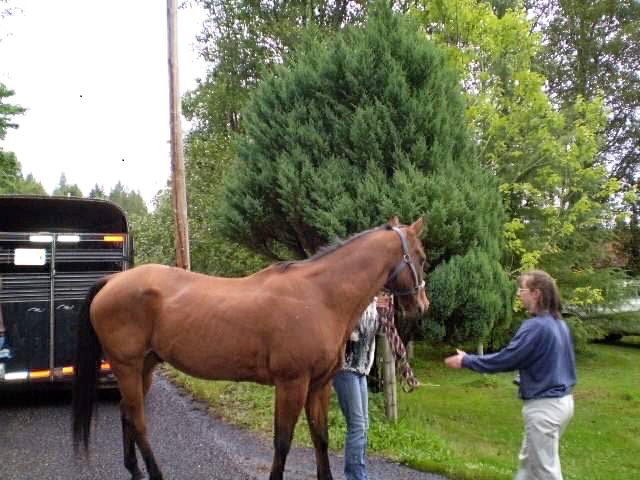
Not wanting him to be euthanized, I broke my vow of never owning a horse. I decided to take him in retirement, taking full responsibility of him. I told him, “I will deal with euthanasia if I have to for you, but no one else.”
11 ½ years passed from the day I picked him up to the day he died a peaceful, natural death
Instead, something more profound happened: how to support a horse in its natural dying process.
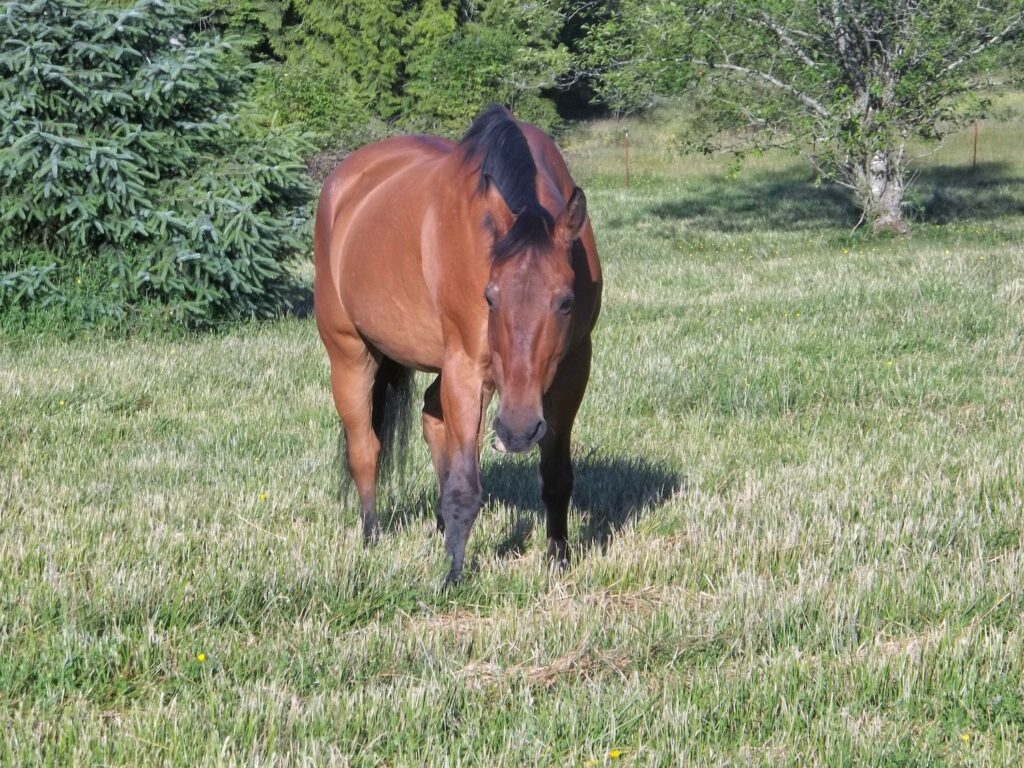
The Similarities of Birth and Death
We are born into this world as helpless infants, needing a lot of care and support while we grow and mature. The same can be true of dying. We slow down. We’re not as nimble as we once were. Here too we need a lot of care and support as the natural dying process unfolds and the body shuts down.
The natural dying process can be likened to cleaning a house for the last time. As each room is swept clean, the door is shut, never to be opened again. This process continues throughout the entire house until we’re at the front door. The front door closes for the last time at the moment of death. To witness the sweeping of all those rooms and the doors closing one by one is something to behold. I learned so much about myself and my horse those two months he was in hospice care.
–Mary Walby
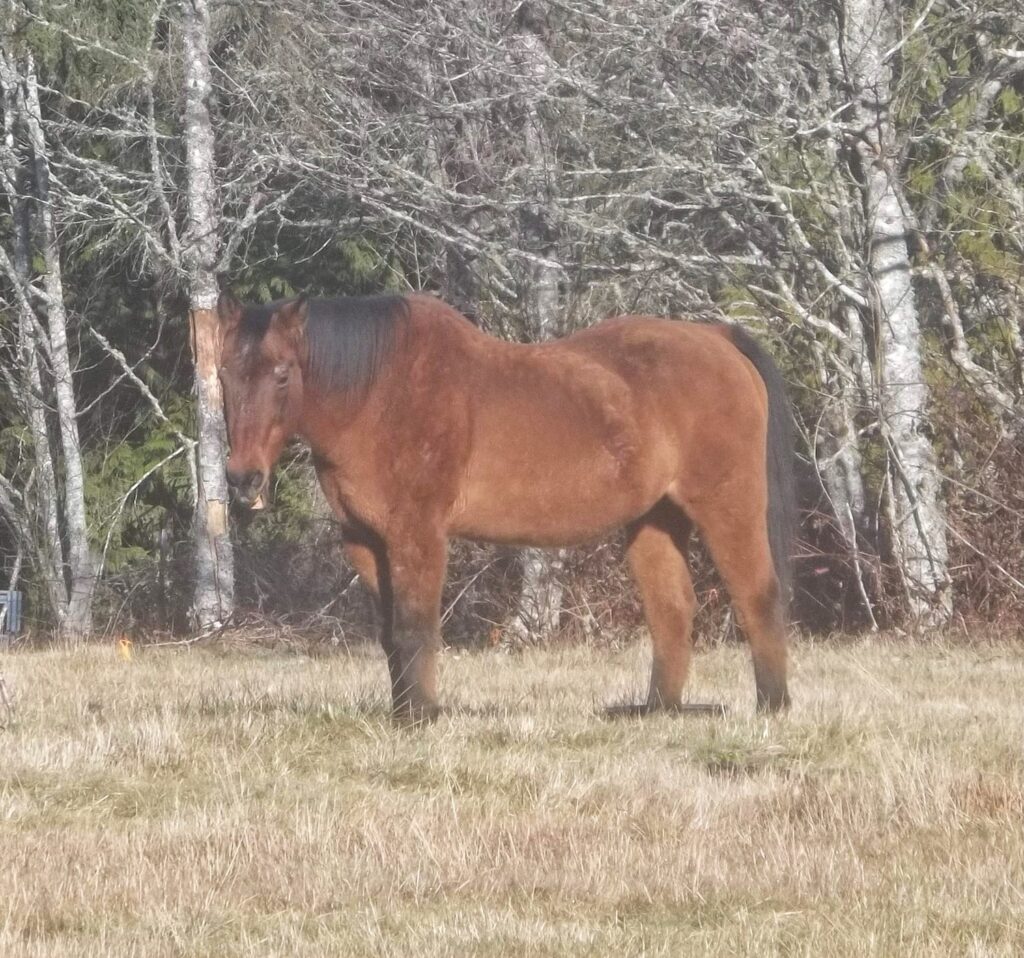
Beauty In The Dying Process
I relinquished my need for control and trusted he knew what he was doing, following his lead even when I didn’t understand. I learned to differentiate even more clearly between myself and him…I had my fears and worries. He had his experience. They were two separate things.
Only in processing my emotions, which came up a few times a week, was I able to truly see him. I was so singularly focused on caring for him and taking care of myself so I wouldn’t freak out, that I never bit my nails nor ate chocolate (my two stress indicators) the entire two months he was in hospice care.
I learned about the stages of dying so that when I began to see it, I would have some idea where he was in the dying process. It was also a great comfort to me to learn that the natural dying process itself is not a painful process. If there is pain going on when dying, it is typically due to a painful medical condition that in hospice care we address through comfort care.
Stages of Dying
Ella Bittel, Holistic Veterinarian
At a time when euthanasia is the prevalent way of dealing with the challenges our animal companions may encounter toward the end of their lives, many of us have not had a chance to familiarize ourselves with the way dying occurs when we allow it to happen in its own good time while the dying individual receives full comfort care.
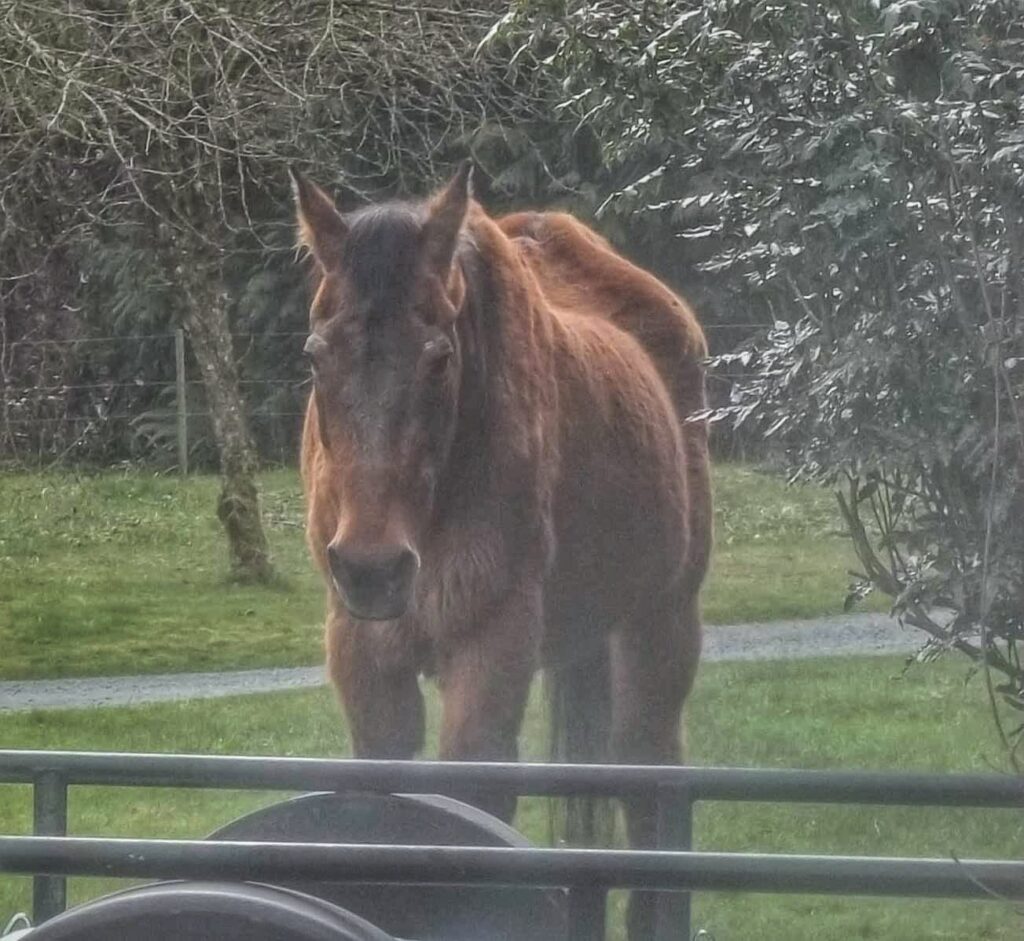
This photo was taken the day before he died.
When he died, he had complete peace throughout his entire body. Every part of him was relaxed: lips, no teeth showing, eyes half-shut, front legs straight and crossed like a sleeping horse. In fact, I saw a picture of a sleeping horse and my horse looked just like him, except my horse was deceased.
My Journey After His Death
The grief following his death was unique. I have lost many pets and human family members over the years, so grief is a known friend. But I must say, the two months of hospice care and the daily accepting of his dying process, the daily letting go of what was and embracing what is, gave me one of the most seamless transitions for when he actually did die.
His presence to me was just as strong in death; it was just no longer in physical form. There was no shame, blame, anger, guilt. It was the cleanest grief I’ve ever experienced. Everything I wanted to say to him I had said in those two months of hospice care. I held nothing back. Every emotion that came up in me I allowed and expressed. Every fear moved through my body and out. I held onto nothing, not even my horse and the sometimes daily changes in his physical body. I simply let it all move and change however it wanted, only embracing the gift of the present moment.
So as I sat there with his body following his death, I felt relief that we had made it, that I had not interfered with his process. I also felt pure peace. Yes, a part of me was sad, but missing him came much later. It was never debilitating, but rather deep appreciation of how we had shared our lives, of how much I loved him.
I remember describing the grief as a single candle lighting a dark cavern with a soft warm glow. That was my horse. Lighting the way in the darkness. Showing me another way. Opening me up to a deeper acceptance of myself and of him and of the mysteries of life and death.
